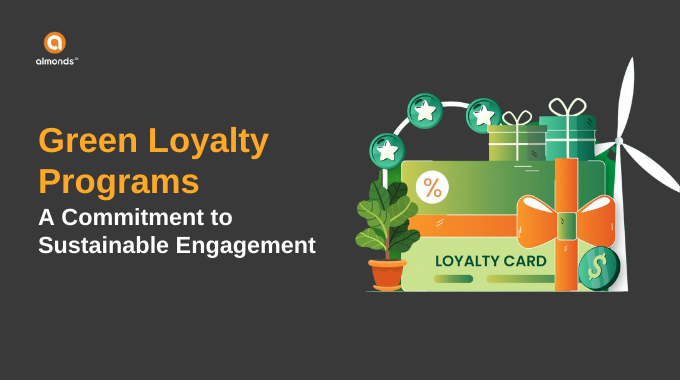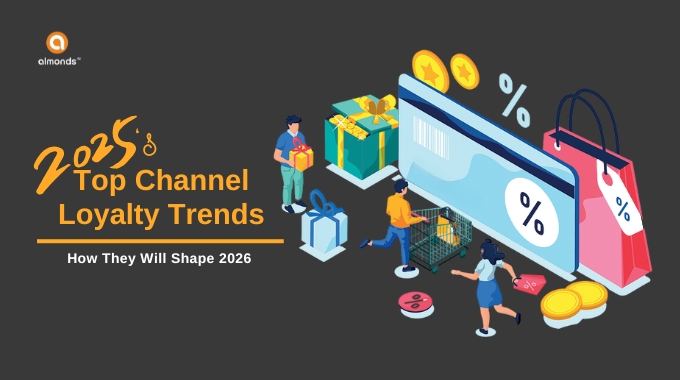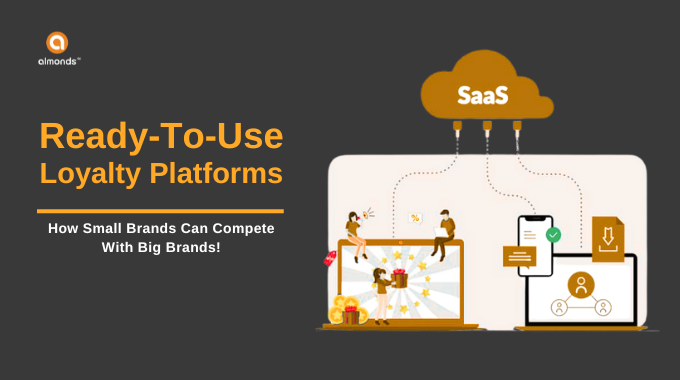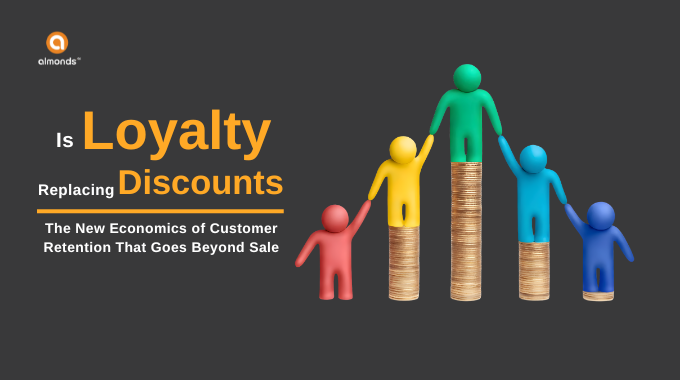Introduction
Sustainability is no longer just a buzzword—it’s a business imperative. With increasing environmental concerns and changing consumer expectations, companies are actively seeking ways to reduce their carbon footprint. One effective strategy? Implementing a Green Loyalty Program.
A Green Loyalty Program rewards customers for making eco-friendly choices, such as purchasing sustainable products, recycling, or reducing waste. Businesses that integrate sustainability into their loyalty initiatives not only drive customer engagement but also enhance brand reputation. This blog explores why companies should embrace B2B Loyalty Platforms and B2B Loyalty Customer Engagement strategies to support environmental sustainability while fostering long-term relationships with customers and partners.
1. Aligning with Consumer Preferences
Consumers today actively support brands that prioritize sustainability. According to a Nielsen study, 73% of consumers say they would change their buying habits to reduce environmental impact. A Green Loyalty Program allows businesses to cater to these environmentally conscious customers by offering rewards for responsible behaviors like choosing eco-friendly products, recycling packaging, or using digital receipts instead of paper.
For B2B businesses, this also means supporting corporate clients in meeting their sustainability goals. A B2B Loyalty Platform can incentivize partners and distributors to choose sustainable options, creating a greener supply chain.
Example:
H&M’s Conscious Points Program encourages customers to recycle old clothes in exchange for loyalty points, reinforcing their commitment to sustainability. A similar approach can be adopted in B2B Loyalty Customer Engagement, rewarding bulk buyers for choosing eco-friendly alternatives.
2. Strengthening Brand Reputation and Trust
Companies known for sustainability often experience higher brand loyalty. In fact, research by Capgemini shows that 77% of consumers are more willing to stay loyal to brands with strong sustainability commitments. A Green Loyalty Program helps businesses communicate their environmental values in a tangible way, building credibility and trust.
For B2B enterprises, a sustainability-driven B2B Loyalty Platform can be a key differentiator. Businesses that reward partners and vendors for adopting green practices position themselves as industry leaders in sustainability.
Example:
Unilever’s Sustainable Living Brands saw 69% faster growth than their other brands due to sustainability initiatives. This shows that integrating green incentives into B2B Loyalty Customer Engagement can result in increased long-term business success.
3. Driving Cost Savings and Efficiency
Sustainable practices often lead to operational cost savings. Businesses that reduce waste, switch to energy-efficient processes, or encourage digital transformation can lower expenses while also appealing to eco-conscious customers.
A Green Loyalty Program can be designed to reward customers for adopting cost-efficient behaviors, such as:
- Using digital invoices instead of paper (reduces printing costs)
- Returning packaging for reuse (lowers raw material consumption)
- Buying in bulk to minimize emissions (reduces shipping costs)
For B2B Loyalty Customer Engagement, businesses can create tiered rewards for partners who meet sustainability benchmarks, such as reduced energy consumption or eco-friendly packaging adoption.
Example:
Patagonia’s Worn Wear Program rewards customers for repairing and reselling used gear instead of buying new, saving costs while reinforcing sustainability. A similar initiative in B2B Loyalty Platforms can drive efficiencies across the supply chain.
4. Meeting Regulatory and ESG Compliance
Governments worldwide are tightening regulations around sustainability. Businesses that proactively introduce Green Loyalty Programs can stay ahead of compliance requirements, avoiding penalties while demonstrating corporate responsibility.
ESG (Environmental, Social, and Governance) reporting is becoming a critical aspect of business operations. Companies using B2B Loyalty Platforms to track and incentivize sustainability efforts can enhance their ESG scores, making them more attractive to investors, partners, and consumers.
Example:
Apple’s Trade-In Program encourages customers to return old devices for recycling, aligning with global e-waste regulations. Businesses implementing B2B Loyalty Customer Engagement initiatives can adopt similar strategies for electronic waste management in corporate environments.
5. Enhancing Customer and Partner Engagement
Sustainability-driven rewards programs create stronger emotional connections with customers and business partners. By aligning loyalty programs with green values, businesses foster deeper engagement, leading to higher retention and advocacy.
A B2B Loyalty Platform designed around sustainability can encourage corporate clients to commit to long-term contracts, prefer greener product options, and actively participate in recycling or carbon offset programs.
Example:
Starbucks’ Greener Stores Initiative offers incentives for customers using reusable cups. A similar model in B2B Loyalty Customer Engagement could reward businesses that reduce plastic waste in their operations.
Read More – This Is What Asian Development Bank Said About Green Loyalty Program
Conclusion
A Green Loyalty Program is a win-win for businesses, consumers, and the planet. By integrating sustainability into B2B Loyalty Platforms, companies can build lasting relationships, enhance brand reputation, and reduce operational costs while staying ahead of regulatory requirements.
Whether through rewards for eco-friendly purchases, digital solutions that minimize waste, or partnerships promoting green initiatives, B2B Loyalty Customer Engagement can play a transformative role in driving sustainability and business growth. Now is the time for businesses to rethink their loyalty strategies and embrace the green revolution.







